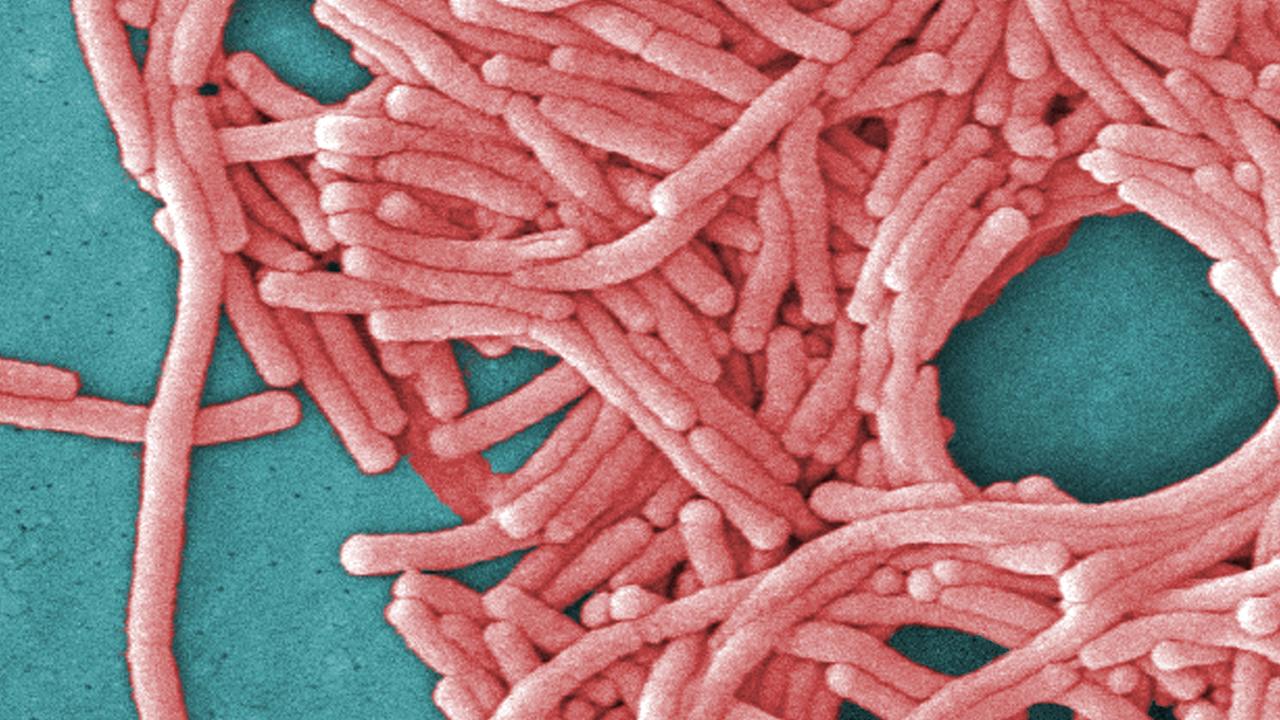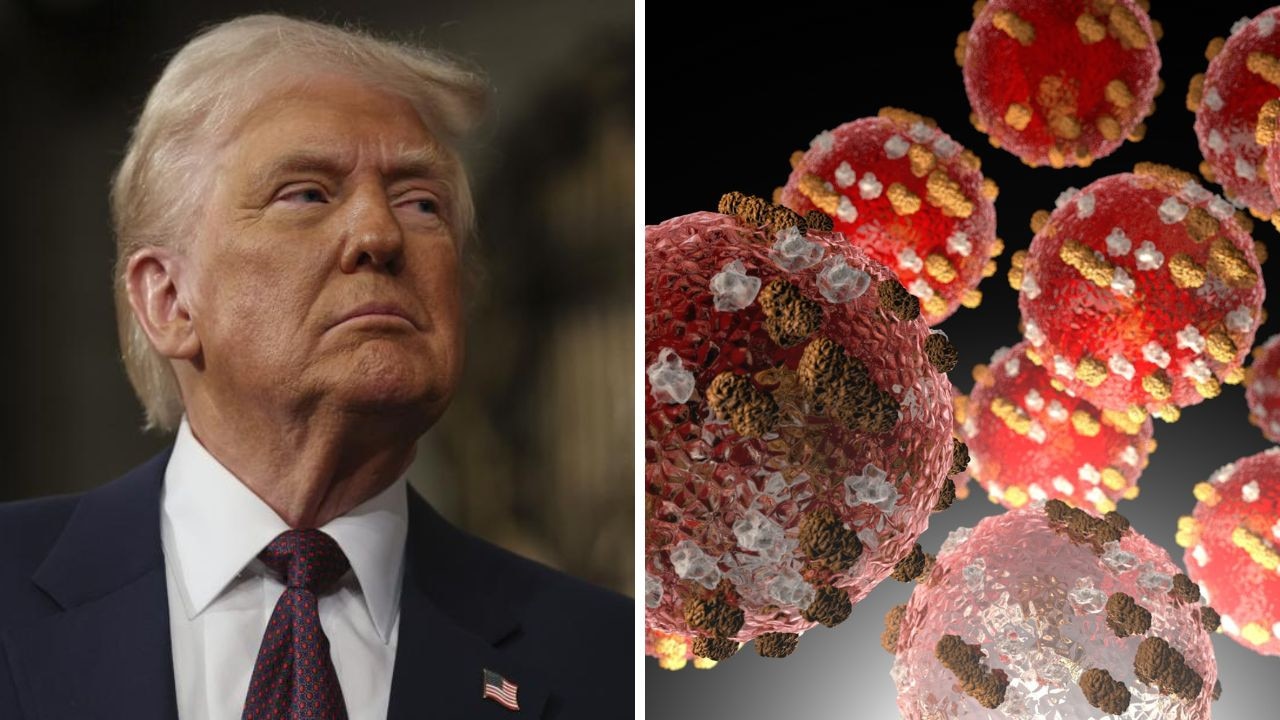Epidemiologist says ‘business as usual’ puts Australia at risk of ‘intermittent lockdowns’
A leading Australian epidemiologist says Australia is at risk of continual waves of infection as it resumes a “business as usual” approach.

A leading Australian epidemiologist has warned the Government’s easing of coronavirus restrictions means Australian’s will likely “have to live with intermittent lockdowns”.
Laureate Professor Nicholas Talley from the University of Newcastle’s School of Medicine and Public Health told news.com.au current modelling suggests returning to “business as usual” puts Australia at high risk of continued outbreaks.
He said data suggests undetected cases are still lingering in the community, and as restrictions ease, the virus will likely resurface.
“We can’t test everyone in the population and we know the virus continues to circulate in the community at low levels,” Prof Talley said. “We don’t know how many asymptomatic or low symptom cases are out there in the community, or where they are in the community.”
Prof Talley warned the Australian Government’s strategy of suppressing the virus rather than trying to eradicate it has left us in a vulnerable position.
RELATED: NT Chief Health Officer ‘terrified’ of second wave
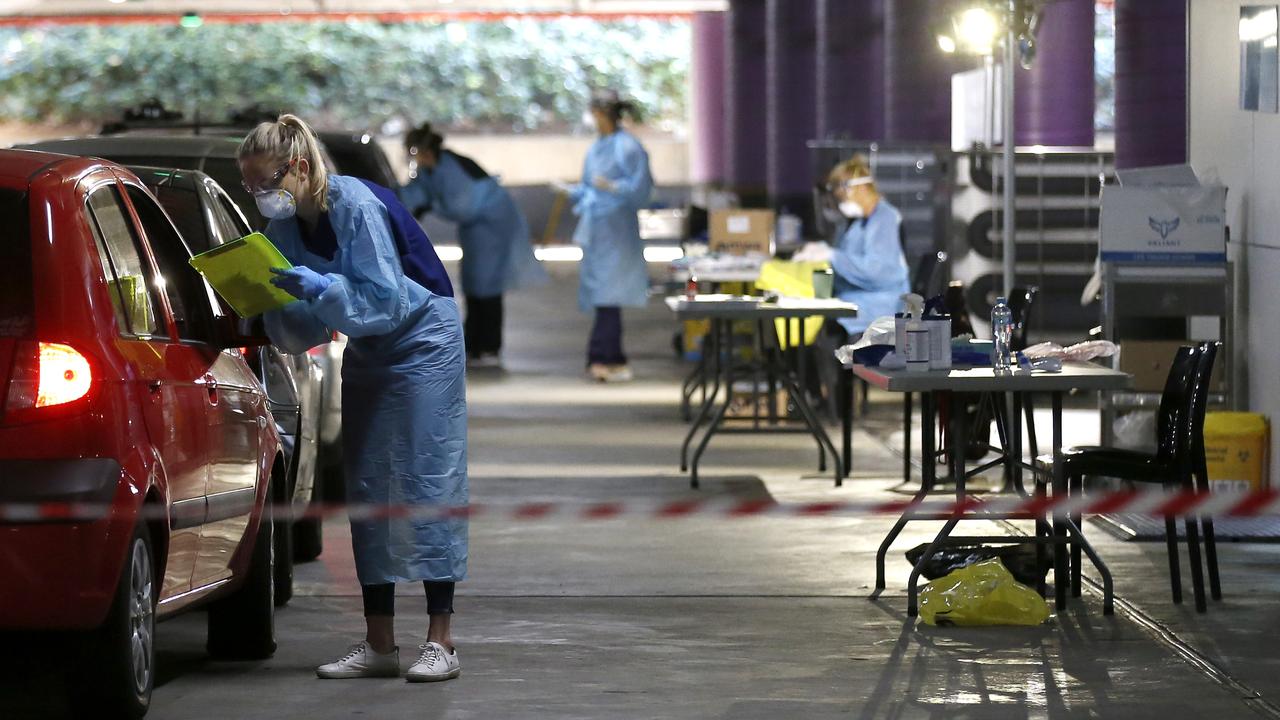

“We are seeing cases pop up across the country in low levels, so we are in the tail of the outbreak curve, a still dangerous place to be if we relax restrictions too early,” Prof Talley said. He said if we’d pursued the New Zealand model of eradication, Australia would have to see “zero cases for at least four to six weeks” before broadly easing restrictions.
“Modelling suggests we will have to live with intermittent lockdowns.”
Around Australia the states and territories have already begun easing restrictions despite active coronavirus cases continuing to be recorded intermittently.
In Victoria where stage three lockdown restrictions will be eased from Wednesday, the Premier warned on Monday Australia has “one chance to get this right”.
Prof Talley said while Australia’s coronavirus experience has been enviable we “are nowhere near herd immunity’” which would require about 60 per cent of the population having been infected and producing COVID-19 antibodies.
RELATED: Warning of $9 billion hit to economy if shutdown again
He also warned that herd immunity is hard to achieve even with high rates of infection — often a vaccine is still required to protect a population.
“Generally if we let infections circulate, outbreaks occur and settle as the reproduction number (RO) rises and falls but, even then, herd immunity is not usually established, so we need a vaccine,” Prof Talley said.
“Business as usual is high risk for a second and future outbreak waves.”
Prof Talley said the likelihood of a large-scale second outbreak remains unknown, but has been observed with infectious diseases in the past, including measles, mumps and smallpox.
He said until a vaccine for COVID-19 becomes available, communities remain at risk of not only a “second wave” of infections, “but multiple outbreaks” in different communities.
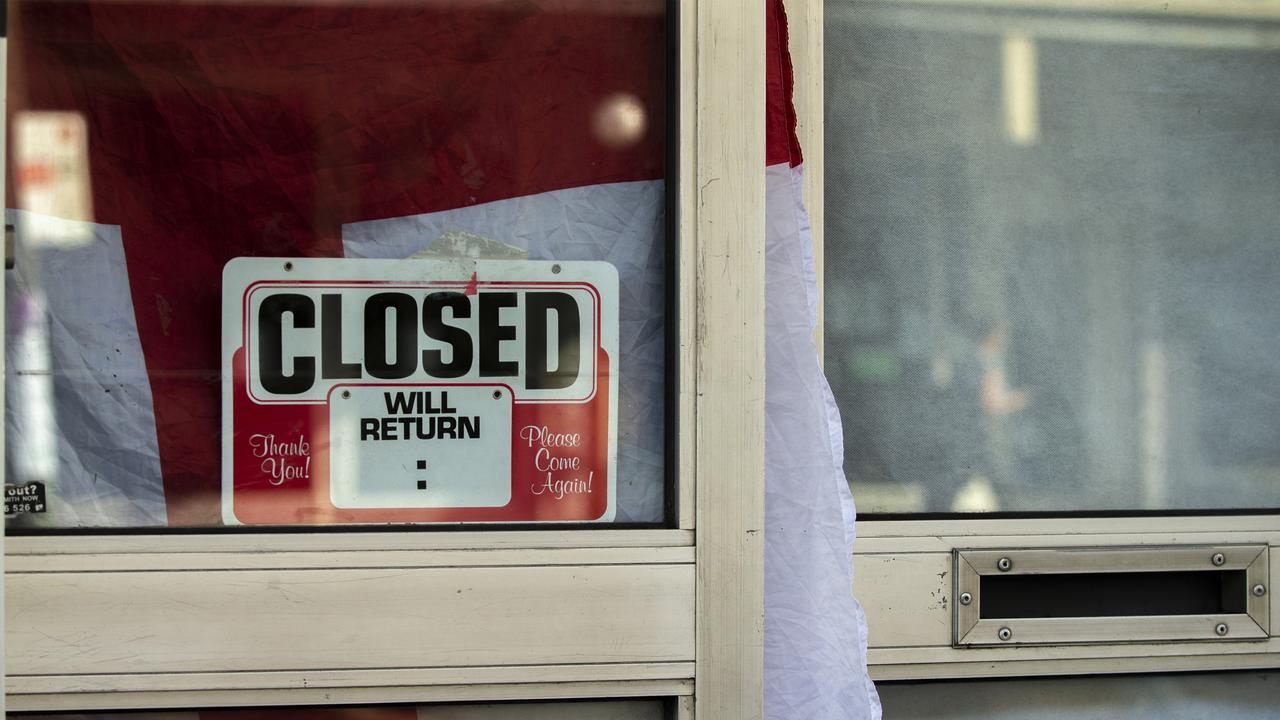
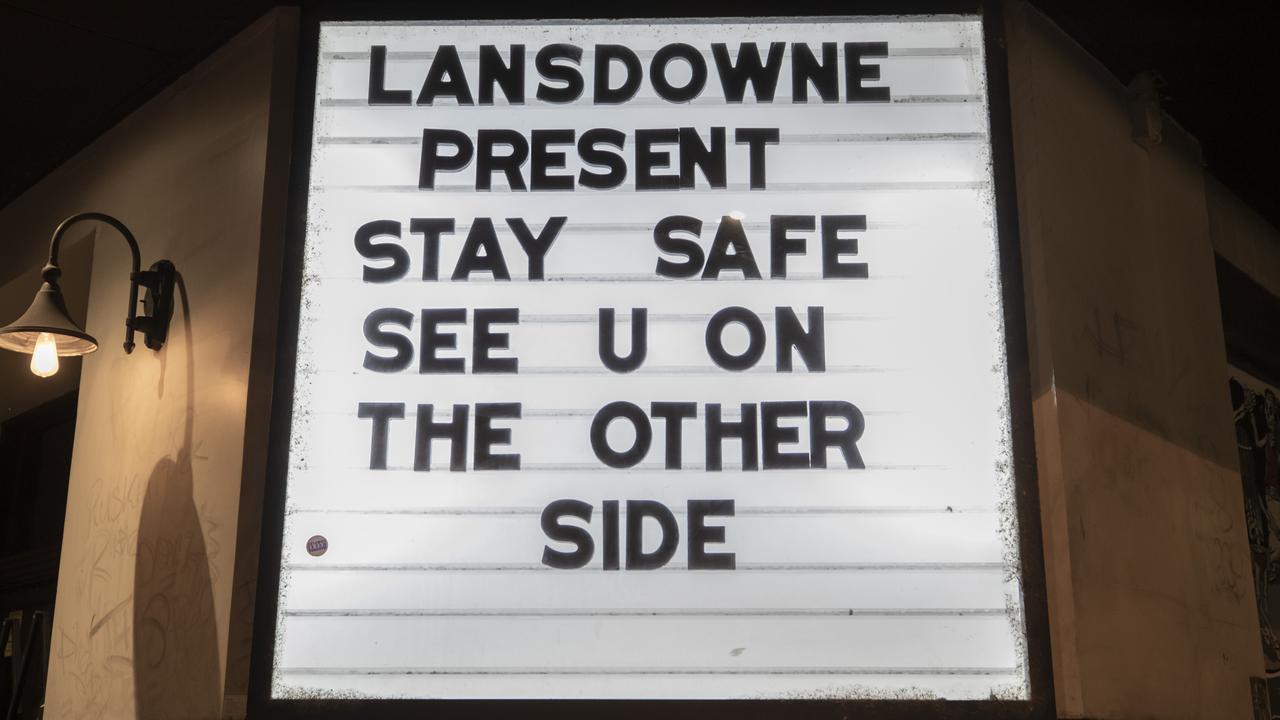
Prof Talley warned moving forward, the Government will be forced to balance “many unknown” factors if the virus resurfaces.
Some of the concerns he raised included: “Will the population again agree and comply in sufficient numbers, and for how long; the likely ICU and death rate if a lockdown is avoided; the economic impact of the economy shutting down again with all of its negative social and health impacts.”
He added that schools remain a “complex” issue and more data is required.
“Schools are also places where adults can transmit to each other but overall the data suggests this is low risk.
“Travelling to and from schools in public transport is another potential transmission risk. It’s not just about the risk of transmission in schools themselves but the risk of widespread movements of populations as schools function,” Prof Talley said.
He suggested in the instance where an outbreak occurs at a school, the schools be closed in that local area.
‘SMALL, SIGNIFICANT STEPS’
Victoria’s Premier Daniel Andrews said the announcement of the easing of some restrictions in the state were “small, significant steps”.
“You only get one chance to get this right,” he said on Monday.
“The last thing we want to do is follow the example that so many countries have given us – if you relax too many rules too quickly, then we will find ourselves back here and, indeed, worse. We will find ourselves in a lockdown even harder than the one we’re coming out of.”
While Australia has recorded more than 6900 cases of coronavirus and 97 deaths, the number of active cases in each state has continued to shrink over the past month.
Asked about the possibility of a second wave, Australia’s Deputy Chief Medical Officer Dr Nick Coatsworth said Australia was at just as much risk as “anywhere else in the world”.
“Like I’ve said several weeks ago, we’ve gone through the first quarter and now we are ahead of the first half and the grand final,” Dr Coatsworth told Sunrise on Monday.
“What that means is we have the premiership quarter ahead of us and that is when it’s the toughest.”
Dr Coatsworth said we have to work the “hardest” when we start making contact with each other again.
“As our mobility increases, we can’t drop the ball.”


